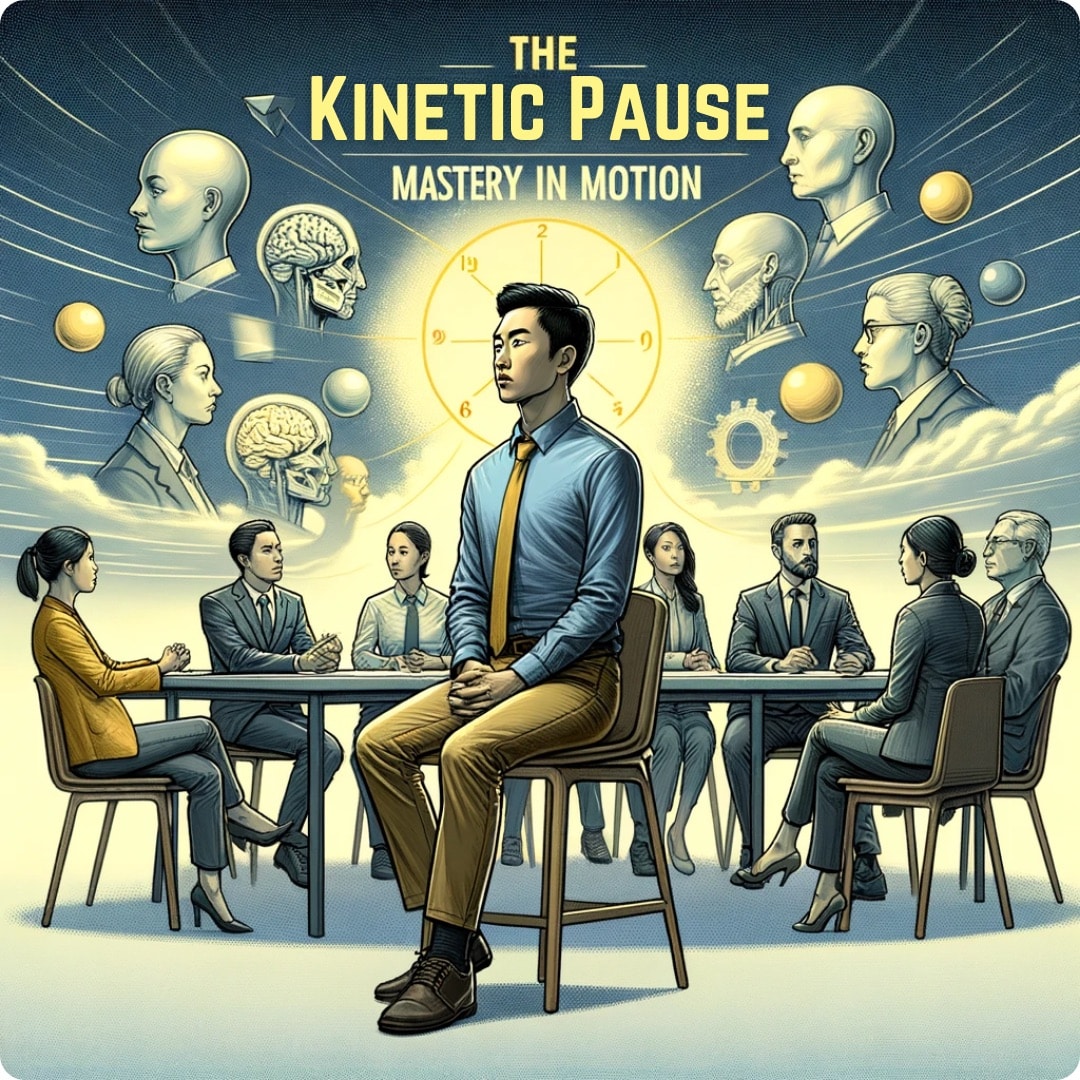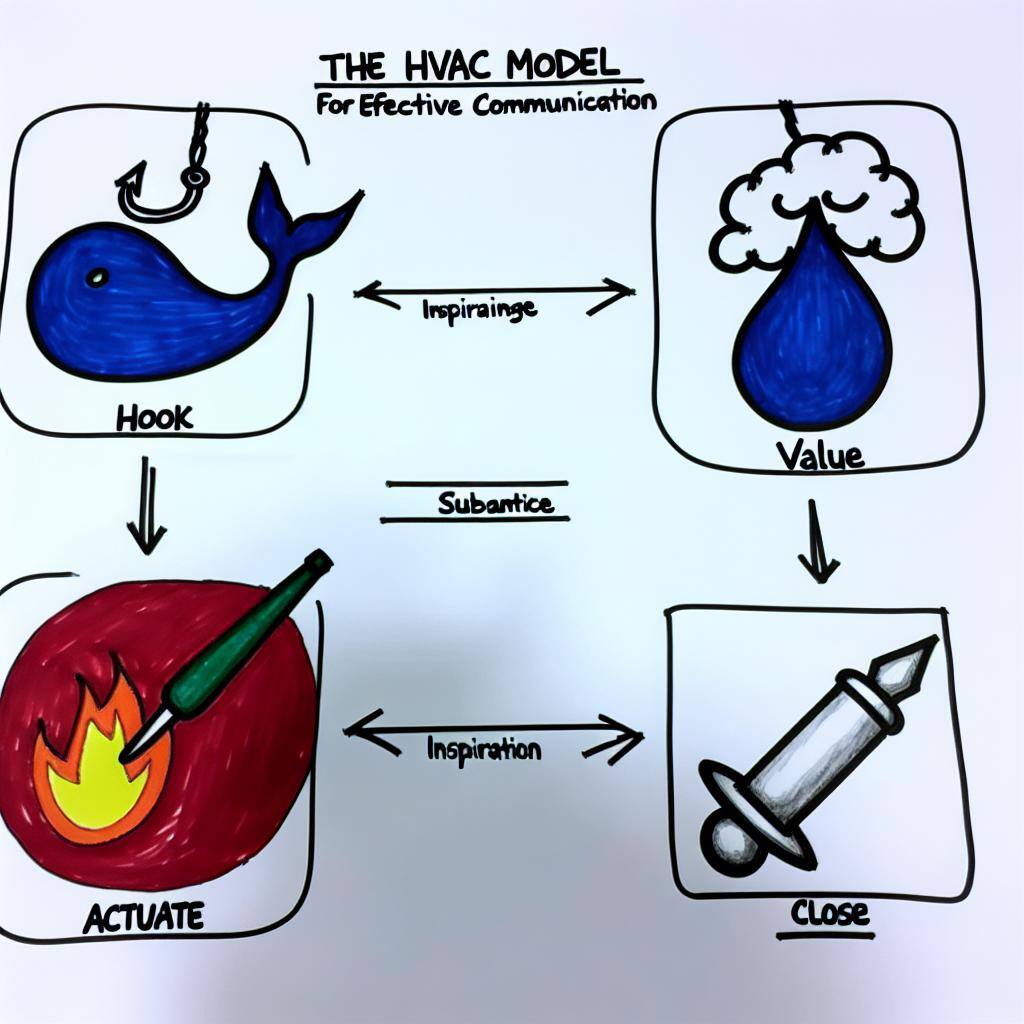

The ‘Kinetic Pause’ stands out as an essential technique for clarity and precision amidst chaos. It is a deliberate suspension of action, a momentary stillness that allows us to assess, recalibrate, and proceed with intention. This powerful practice is not merely a theoretical concept; it has been a lifesaver, both metaphorically and literally.
My experience with a colleague’s motorcycle accident underscores the critical importance of the Kinetic Pause. When faced with high-stakes, fast-moving situations, our instincts might propel us forward, but it’s the intentional halt that grants us the vision to navigate the chaos with wisdom. In this incident, we were on the brink of alerting a family to a potential tragedy — a step that, once taken, could not be undone.
The Kinetic Pause provided a vital checkpoint. It was a moment to sift through the facts, to differentiate between what we knew with certainty and what we assumed. The space this pause created allowed us to act with informed confidence, ensuring that each step forward was measured and precise, each decision made with the gravity it deserved.
A Kinetic Pause is a dynamic evaluation, taking only moments yet powerful enough to reshape the trajectory of our response. It consists of swift, decisive questions:
The pause is a pivot point, a recalibration that transforms potential reactivity into calculated response. It’s an acknowledgment that in the heat of action, our first impulse may not always be our best course. The pause is not a retreat but a strategic regrouping.
While not all decisions carry the weight of a life-or-death outcome, the Kinetic Pause is universally applicable. In heated debates or routine meetings, pausing can prevent misunderstandings and foster outcomes that are reflective, not reflexive. It’s about trading knee-jerk reactions for responses that are steeped in intentional thought.
The exercise of incorporating Kinetic Pauses into daily life starts with recognition. Recognize when you’re operating on autopilot, when the pace of your actions outstrips the pace of your thoughts. That’s your cue to step back (often literally), broaden your field of view, and ask those crucial questions. As a light example, I often will subtly scoot my chair back during a meeting, to better take in the room and temporarily detach myself physically from the line of thinking that I was previously in.
In the hours following the accident, I executed several Kinetic Pauses. Each was a conscious effort to ensure that our next steps were not tainted with haste or assumption. This practice fortified our approach, allowing us to support a friend in need effectively and efficiently, without the collateral damage of misinformation or precipitate action.
The Kinetic Pause is a testament to the intentional action in the power of a moment. It’s a strategic tool that, when wielded correctly, can change the course of conversations, conflicts, and crises. It represents the strength found in stillness and the wisdom born from a breath taken. As you navigate life, remember that sometimes the best move is a deliberate pause — a kinetic pause — ensuring that when you do move, it’s with intention, purpose, and clear direction.
To learn more, check out my book “Be Relentless: If the obstacle is the way, then we must be WayMakers.”



